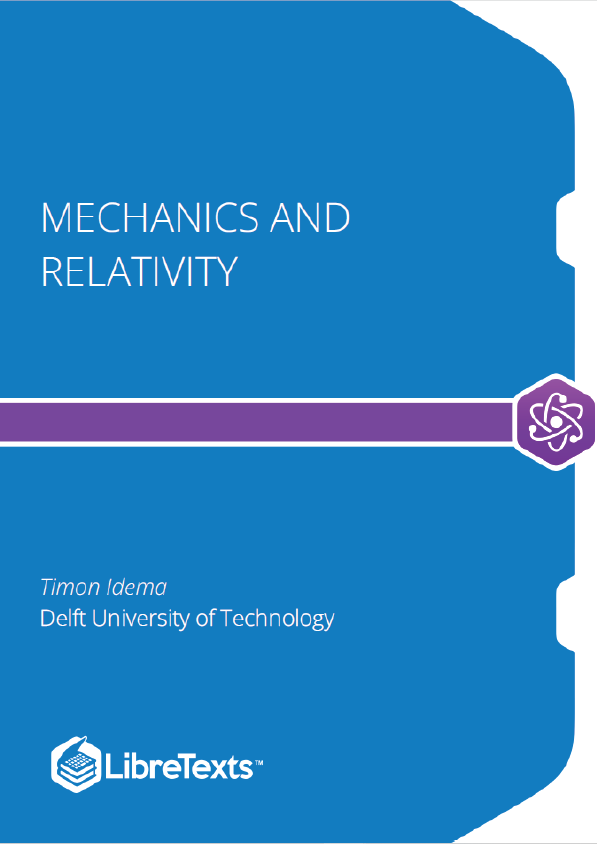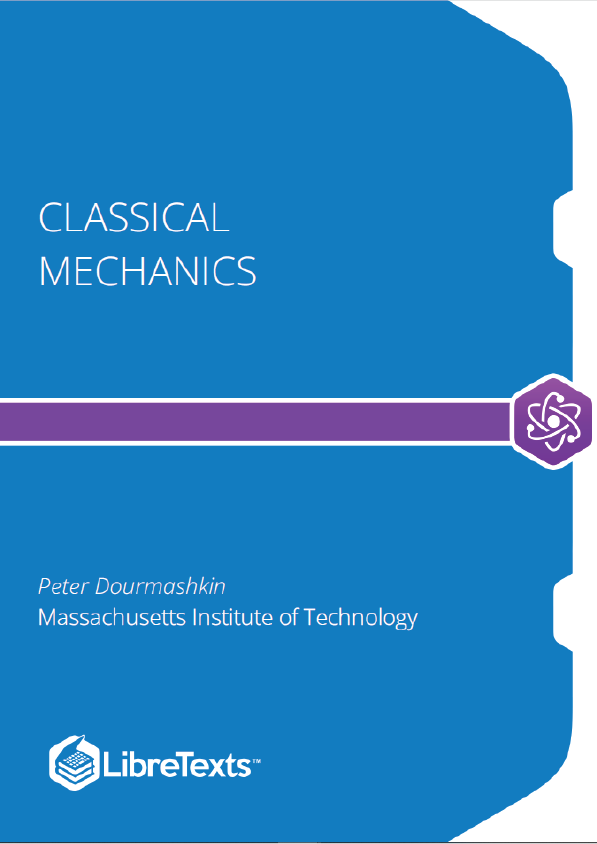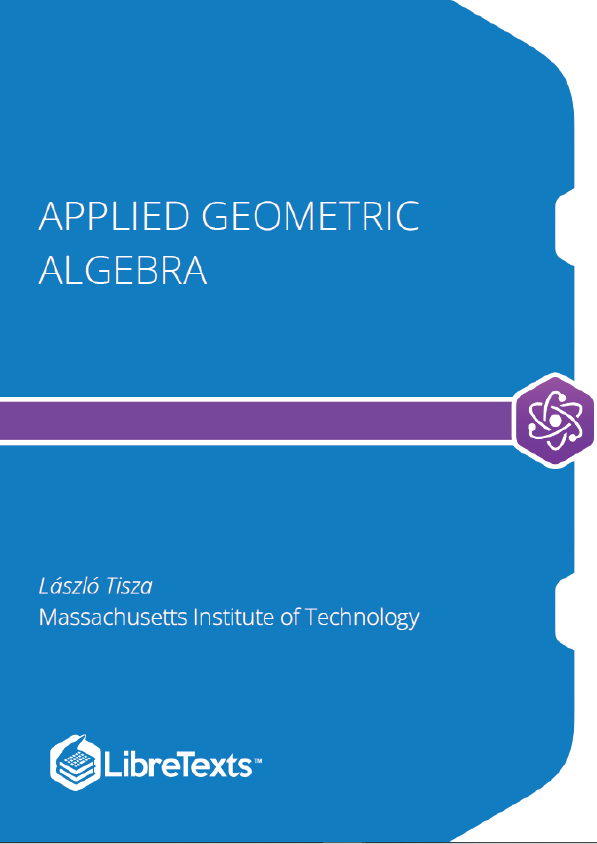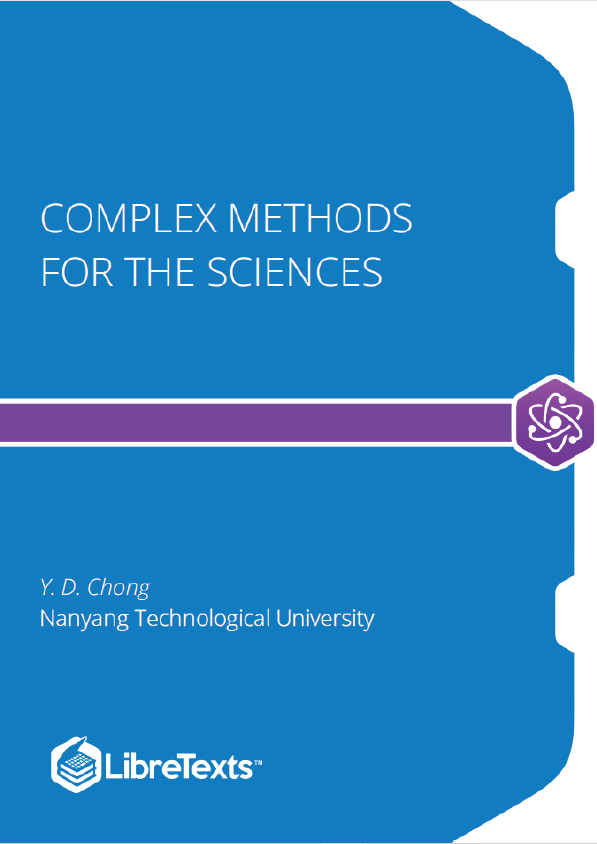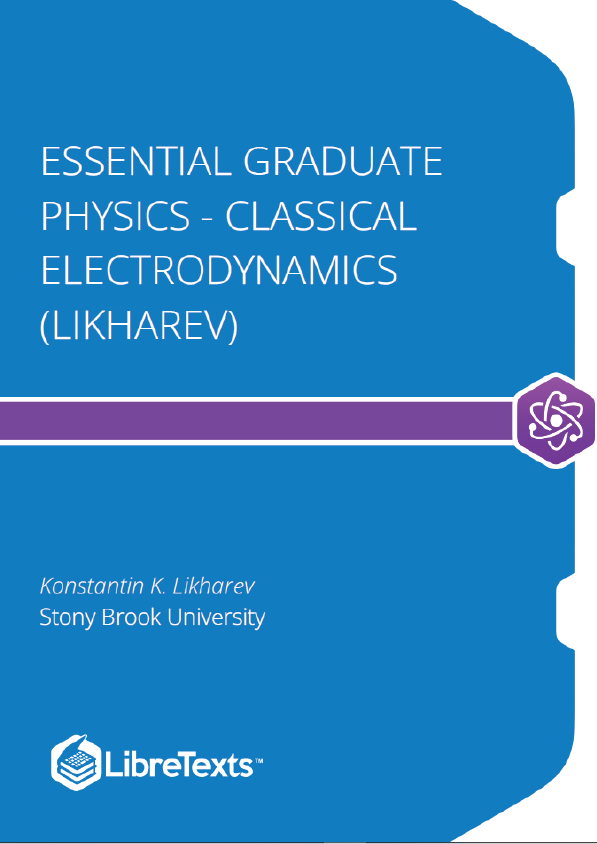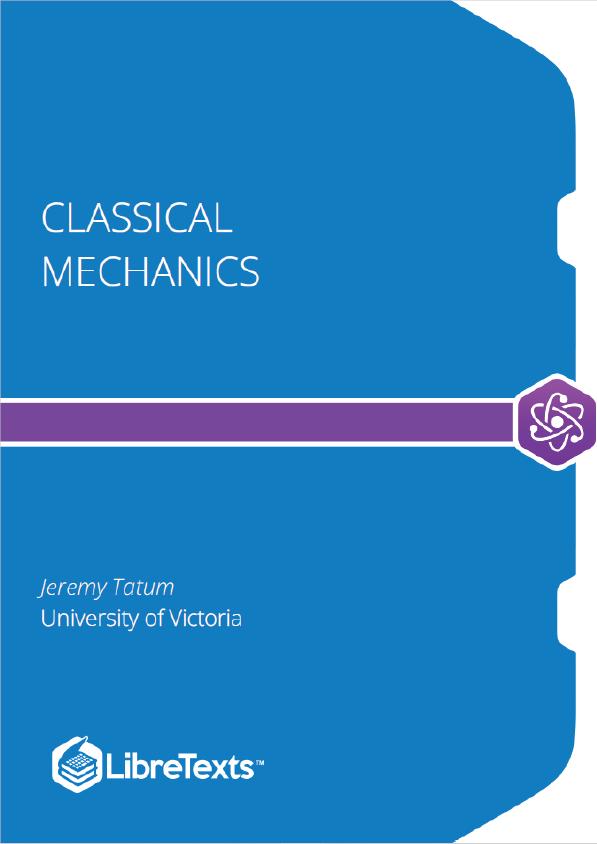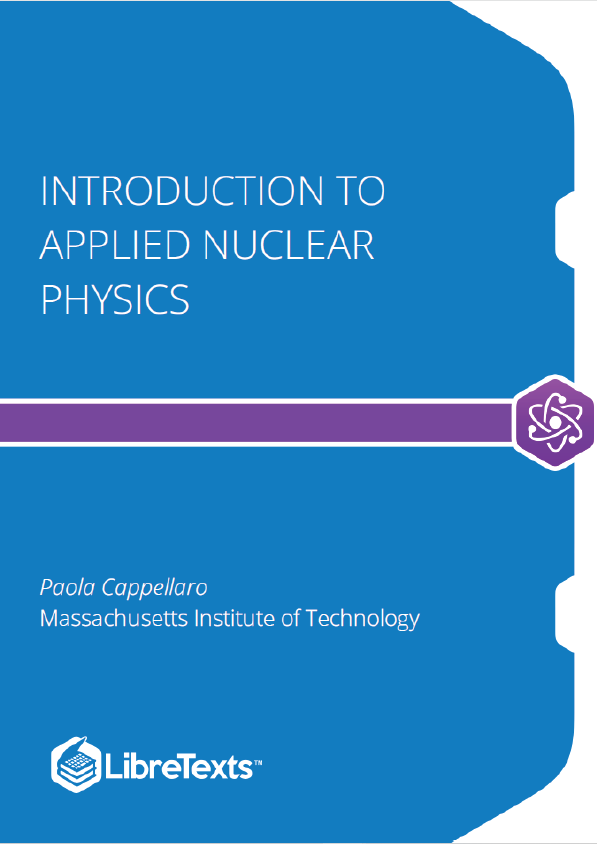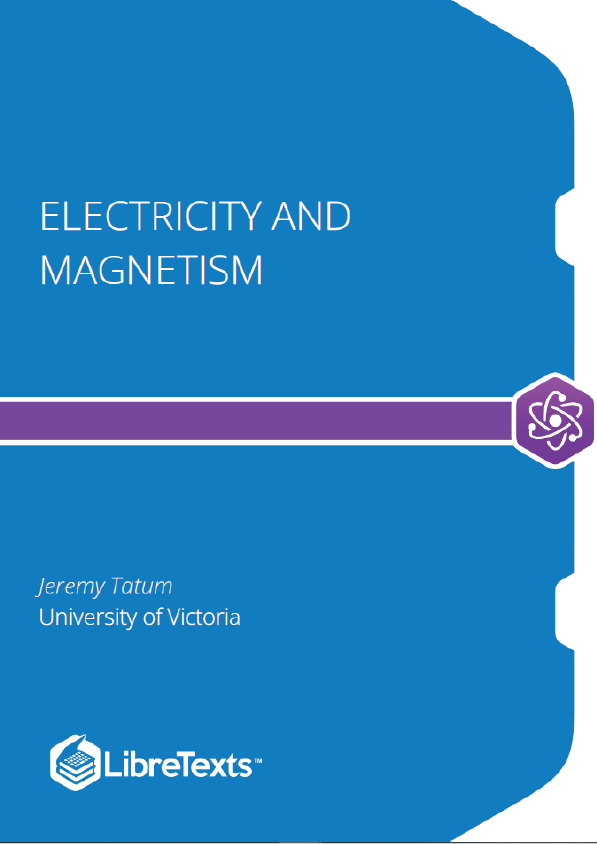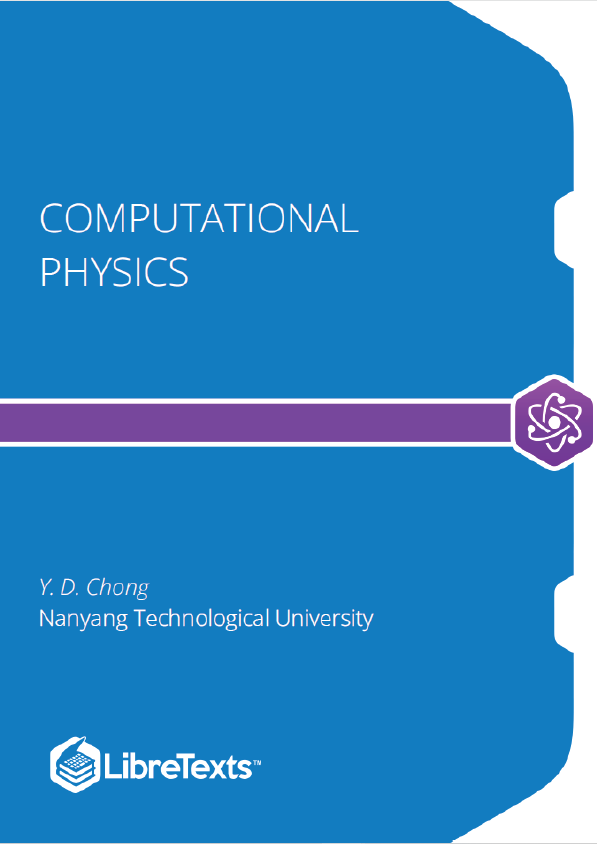In Mechanics and Relativity, the reader is taken on a tour through time and space. Starting from the basic axioms formulated by Newton and Einstein, the theory of motion at both the everyday and the highly relativistic level is developed without the need of prior knowledge. The relevant mathematics is provided in an appendix. The text contains various worked examples and a large number of original problems to help the reader develop an intuition for the physics. Applications covered in the book span a wide range of physical phenomena, including rocket motion, spinning tennis rackets and high-energy particle collisions.
Summary
In Mechanics and Relativity, the reader is taken on a tour through time and space. Starting from the basic axioms formulated by Newton and Einstein, the theory of motion at both the everyday and the highly relativistic level is developed without the need of prior knowledge. The relevant mathematics is provided in an appendix. The text contains various worked examples and a large number of original problems to help the reader develop an intuition for the physics. Applications covered in the book span a wide range of physical phenomena, including rocket motion, spinning tennis rackets and high-energy particle collisions.
Introduction to Classical Mechanics
Classical mechanics is the study of the motion of bodies under the action of physical forces. A force is any influence that can cause an object to change its velocity. The object can be anything from an elementary particle to a galaxy. Of course anything larger than an elementary particle is ultimately a composite of elementary particles, but fortunately we usually don’t have to consider all those, and can coarse-grain to the scale of the objects at hand. As is true for any physical model, classical mechanics is an approximation and has its limits – it breaks down at very small scales, high speeds and large gravitational fields – but within its range of applicability (which includes pretty much every single phenomenon in everyday life) it is extremely useful.
Classical mechanics is based on a small number of physical laws, which are mathematical formulations of a physical observation. Some laws can be derived from others, but you cannot derive all of them from scratch. Some laws are axioms, and we’ll assume they are valid. The laws we’ll encounter can be divided up in three classes: Newton’s laws of motion, conservation laws and force laws. As we’ll see, the three conservation laws of classical mechanics (of energy, momentum and angular momentum) can be derived from Newton’s second and third laws of motion, as can Newton’s first law. The force laws give us the force exerted by a certain physical system – a compressed spring (Hooke’s law) or two charged particles (Coulomb’s law) for example. These also feed back into Newton’s laws of motion, although they cannot be derived from these and are axioms by themselves.
In addition to the physical laws, there is a large number of definitions – which should not be confused with the laws. Definitions are merely convenient choices. A good example is the definition of the number π: half the ratio of the circumference to the radius of a circle. As you have no doubt noticed, it is very convenient that this number has gotten its own symbol that is universally recognized, as it pops up pretty much everywhere. However, there is no axiom here, as we are simply taking a ratio and giving it a name.
